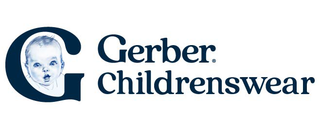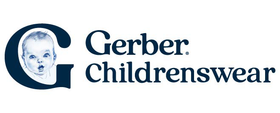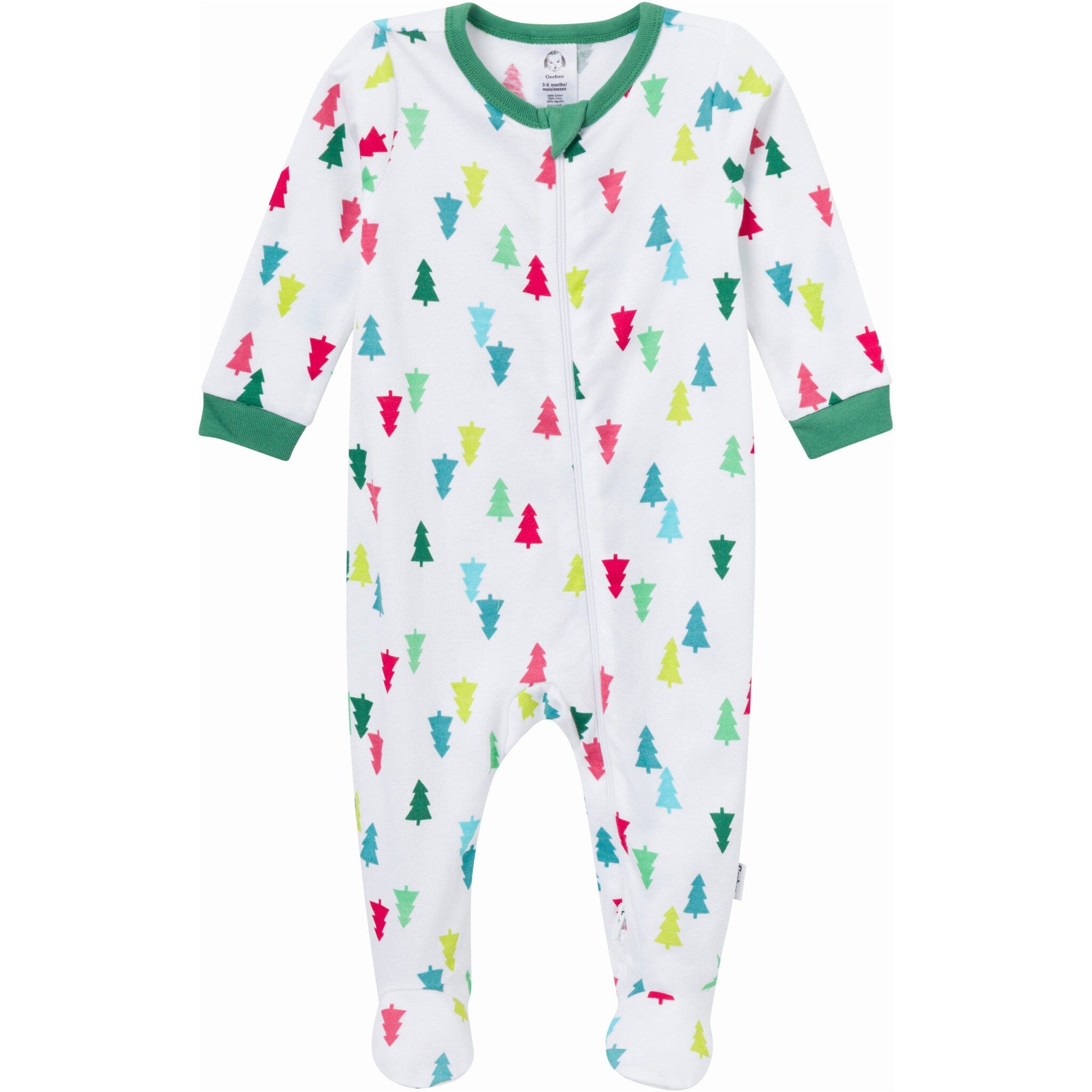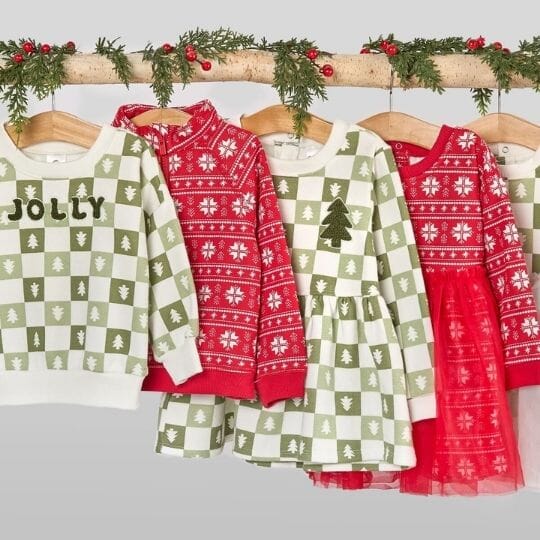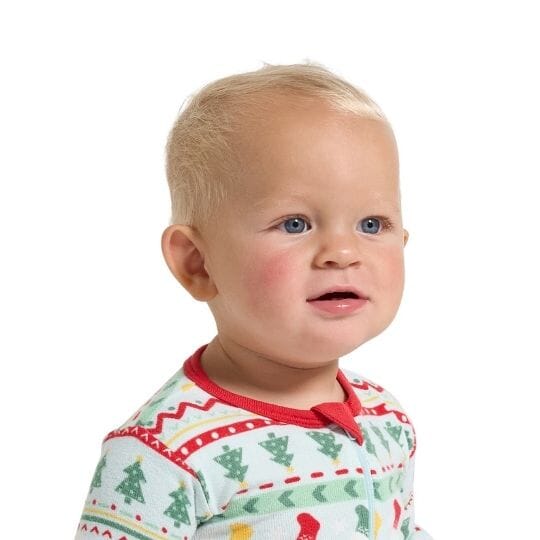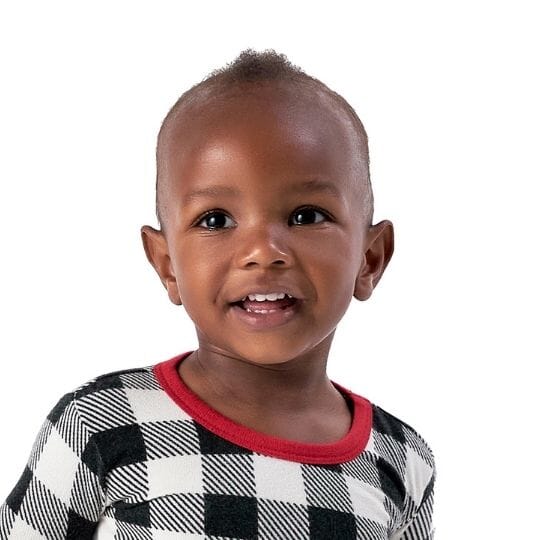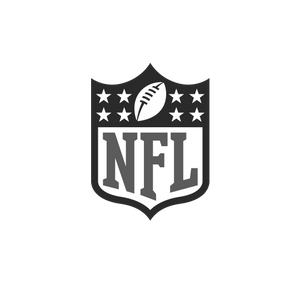A New Mom’s Complete Guide to Cutting Baby’s Nails
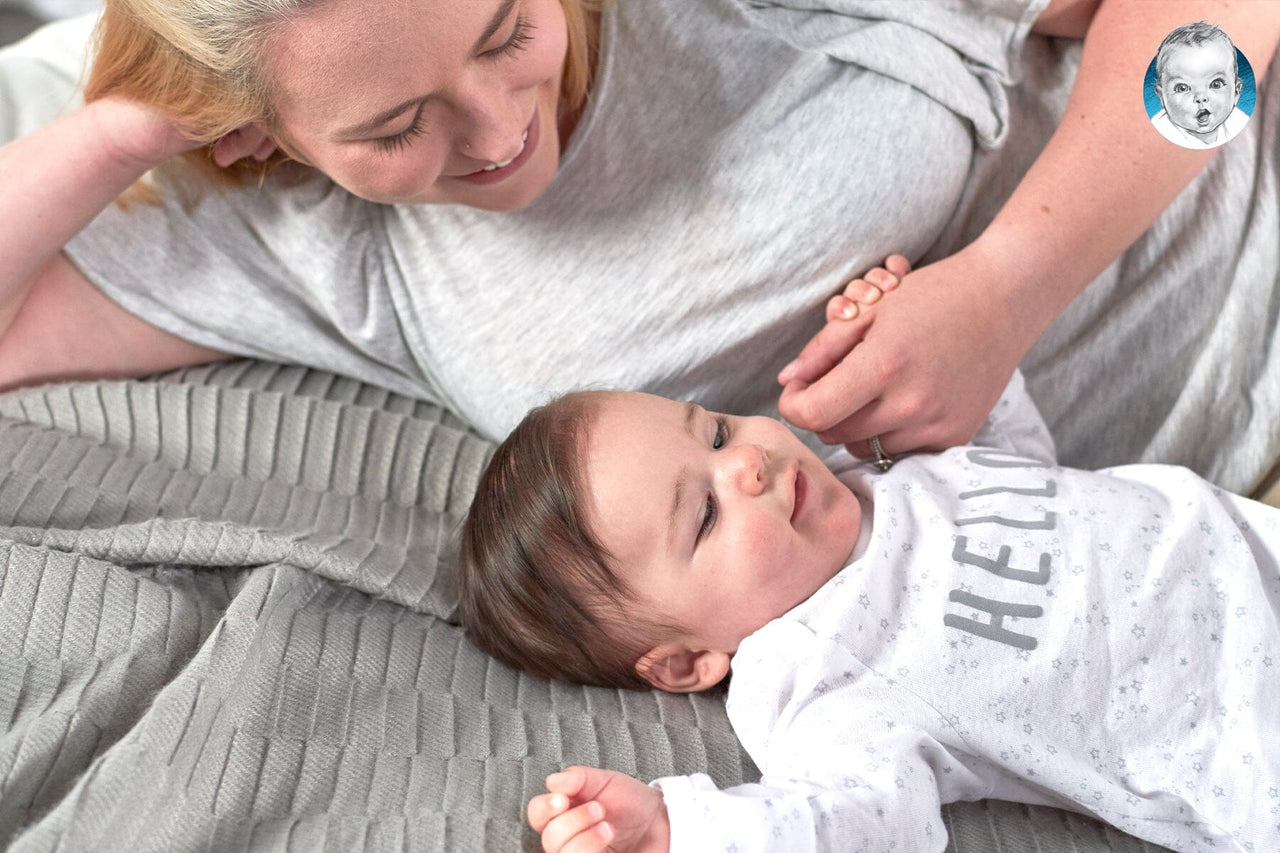
In the first few months as a new mom, there are so many new experiences to learn from and master. One of the most anxiety-inducing events for the parent of a newborn is learning how to cut baby’s nails for the first time. While you’ve been a pro at cutting your own nails for decades, a newborn’s nails are much different. For one, they’re much softer than those of an adult, which definitely makes it easier for you to cut their delicate skin or cause discomfort.
It can be tempting to try to avoid the practice or pass it off to a more experienced parent for as long as you can. Unfortunately, you won’t be able to avoid trimming your child’s delicate toenails and fingernails for more than a few weeks. Eventually, you’ll also have to be the one to do the job. Since we know you’re nervous and experiencing so many firsts, we want to do all we can to help you learn ways to make the practice safer and less stressful.
Let us explain what you’ll need to do to complete the cutting and filing, as well as how to trim with care. In just a short time, you’ll become more comfortable with the task. And if you ask us, mastering one of the toughest baby hygiene activities will also enhance your confidence as a parent. There’s nothing like learning one of the most crucial techniques of your baby’s first year.
Buy the Right Baby Nail Supplies
Before you ever begin trimming, you’ll need the right nail supplies. Add everything you need to cut baby’s nails to your registry or buy the items ahead of your due date. If you wait until your little one arrives, buying your nail supplies is just one more thing to think about. It sounds like no big deal now, but with little sleep and a lot of time spent feeding baby, you’ll want to cut down on trips to the store as much as possible.

Let’s cover what to add to the list. According to the experts at Nemours Children’s Health, your supply kit should include a pair of baby nail clippers and an emery board made especially for infants. Many of the most popular brands sell these tools as a set. Don’t buy clippers or a filing board made for older children or adults. The National Institute of Health’s MedlinePlus says they’re too large and rigid for a newborn’s pliable fingernails and toenails. Some stores sell baby clippers with safety guards and special sights so it’s easier to see your child’s nail while you cut. If you’re curious about the best types of trimmers and tools, ask your pediatrician for their most trusted options.
Other helpful supplies to put on your registry list include baby nail scissors and a first aid kit. Some parents find scissors easier to use when their infant is especially small. Besides being helpful for every situation, you’ll want a first aid kit so you’ll always have gauze pads available. They’re essential in the event that you do draw a little blood. Don’t worry if you cause a little scrape. We know you feel bad about it, but it happens to nearly every mom! Being prepared is the best way to make the event less scary. In addition, it never hurts to have an extra nail set available for when you’re at grandma’s house or on vacation.
Learn the Proper Nail Cutting Technique
Now that you have the right trimming tools, it’s time to learn the proper way to cut your child’s nails. By memorizing a safe and reliable technique, you will trim quicker over time. Most importantly, you’ll avoid discomfort and injuries to the soft skin around the nail.
Begin by holding your baby’s finger with a gentle yet firm grip, say the health and parenting professionals at VeryWell Family. Press down on the pad of their finger so their nail is up and away from the skin. As you cut the first nail, follow the natural curve of your child’s finger. Do the same with all of the fingers, including the thumb. This technique will keep them looking neat and tidy as they grow. Work quickly, but don’t go too fast. You’ll want to take enough time to inspect and see the nail as you learn how to cut without poking the skin.

Know When It’s Time to Cut
It’s helpful to know when to cut baby’s nails and when to avoid the practice altogether. If your newborn is hungry, tired or needs a diaper change, they’ll probably be too fussy for a trimming. Offer them a feeding, nap or dry diaper before you grab your tools. The calmer your child feels, the less they’ll move around and cause you more anxiety.
You can also try to trim nails after bathtime, when baby is soothed and their nails are at their softest. Apply a mild or unscented lotion to their hands and feet to keep their skin healthy and smooth. If socks make your child more comfortable, you can put them on right after you use the moisturizer. This will help keep their feet extra soft.
Cutting Toenails on a Baby
Believe it or not, your baby’s toenails can become just as razor sharp as the ones on their fingers. Thankfully, cutting toenails is similar to fingernails, but there are a few extra tips you should know. If the nails aren’t too long, you can always try using a nail file. This technique usually works better than with the fingernails because toenails don’t grow as fast. While you’ll be trimming baby’s fingernails up to multiple times per week, the pediatricians interviewed in this article by The Bump say that some babies don’t need toenail trimmings for a couple of weeks to a month.

If you need to cut the toenails with trimmers or clippers, doctors and baby care experts will recommend you follow a similar technique to the fingernails. Keep a firm but gentle hold on the skin of their toe near the nail just as you did with the finger. This approach will help you avoid an abrasion to your child’s skin. It will also help to prevent a tiny cut or the clippers from slipping out of your fingers. While the fingers should be cut with a natural curve, you need to cut each toenail straight across. This helps the toenails grow properly. If and when any bleeding occurs, hold a cotton swab or piece of gauze over the area for a minute or two.
Sometimes, your baby may get an ingrown toenail. This is a toenail that begins to grow into the skin of the foot. If you’ve ever had one, you know that they can swell and feel uncomfortable. If you notice any redness or discharge that can come with this condition, treat your little one right away. Place your child in a lukewarm bath or soak the foot in soapy water. Try to keep your baby’s toe in the solution for about 10 minutes. Pat the area dry and carefully massage an unscented baby lotion into the nail fold. If you do this daily, the nail should raise away from the skin and grow again naturally.
Using a Baby Nail File
We get it—you’re not exactly clamoring to trim your baby’s delicate fingernails and toenails. Despite the hesitation, “when can you cut a newborn’s nails?” is still one of the most popular questions parents have for pediatricians. New moms want to make sure they are taking care of all of their child’s needs. While you’ll need to begin trimming while your infant is still in the newborn stage, you can get away with using a baby nail file in the first few weeks.
A baby nail file is a safe and simple choice for parents, especially when your child is little and their nails aren’t growing too fast yet. Check their hands and feet daily for sharp or long nails and then file as you can. Nap time is an excellent time for filing, especially when your newborn is sleeping most of the day.

Preventing Accidents and Injuries
When you sense your little one getting anxious or tired of the trimming session, try and distract them. Sing a familiar song, talk to them in a soothing voice or have your partner entice them with a toy. Some infants also respond well to a pacifier. If he or she begins crying or flailing, stop and try again later. Forcing it will only make you stressed and cause your baby to protest harder.
Experienced parents may suggest that you bite your baby’s nails, especially if they only have a few sharp pieces or a hangnail. Don’t do it! Biting can damage their brand-new hands and feet. Experts from the American Academy of Pediatrics also warn the practice can transfer bacteria and diseases from your mouth onto your child’s skin.
Even if you’re extra careful, you may pinch some skin or draw a little blood. Try not to panic about it. It will distress the baby and make him or her fearful. Instead, quickly collect yourself and follow what the pediatricians at WebMD consider basic first aid for small nicks and cuts. Run your child’s finger under clean, cool water. Soothe them as much as you need while gently covering the wound with a piece of gauze or a clean cloth. Apply a small amount of pressure to the area with your finger. When the bleeding stops, you can remove the cloth. If you’re interested in using an antibacterial cream, ask your pediatrician about the best brands for babies. Don’t put a bandage on top of the wound since your newborn can bite or choke on it.
Other Helpful Tips for Cutting Your Baby’s Nails
Now that you know the right way to care for your baby’s nails, grooming will be that much easier. Keep just a few more tips in mind for safer relaxation and play after the trimming is over. If your little one has long or sharp nails, put on mittens if you can’t trim them right away. Newborns are notorious for touching their faces and scratching themselves without realizing they’re doing it.

You can also add an extra pair of trimmers or scissors to your diaper bag or car so you can tend to nail issues while you’re out of the house. You may find you can get a trimming session in while they’re napping in their car seat or that you have to attend to a hangnail during a play date. Whether your baby is playing or relaxing, make sure they’re wearing comfortable shoes or socks. Well-fitting slippers, sneakers and booties are essential to keeping baby’s feet protected while they’re crawling, cruising and learning to walk. Socks and shoes will help to avoid common issues new parents run into, such as hangnails, foot injuries and dry skin.
If your child has ingrown nails that won’t heal after a week or two, call your pediatrician’s office. They can advise you on the next steps or have you come in for an examination. You’ll also want to visit the doctor for a checkup if your baby suffers a foot injury or you suspect they have a finger or toe infection. According to the doctors at MyHealth Alberta, common signs of a nail infection in small children include pain at the infection site, blisters filled with pus and inflammation that doesn’t go away after a few days.
Better Nail Care for a Happier Baby
When you’re attentive to your baby’s nails, he or she is less likely to suffer from uncomfortable infections or pesky ingrown toenails. A regular nail grooming schedule is also helpful in preventing injury to you and your child from poking or scratching. As long as you inspect their nails while bathing them or putting them to sleep, you’ll know when to cut or file them down. Besides making your infant’s hygiene easier, excellent nail care is a foundation for healthy hands and feet for a lifetime.
